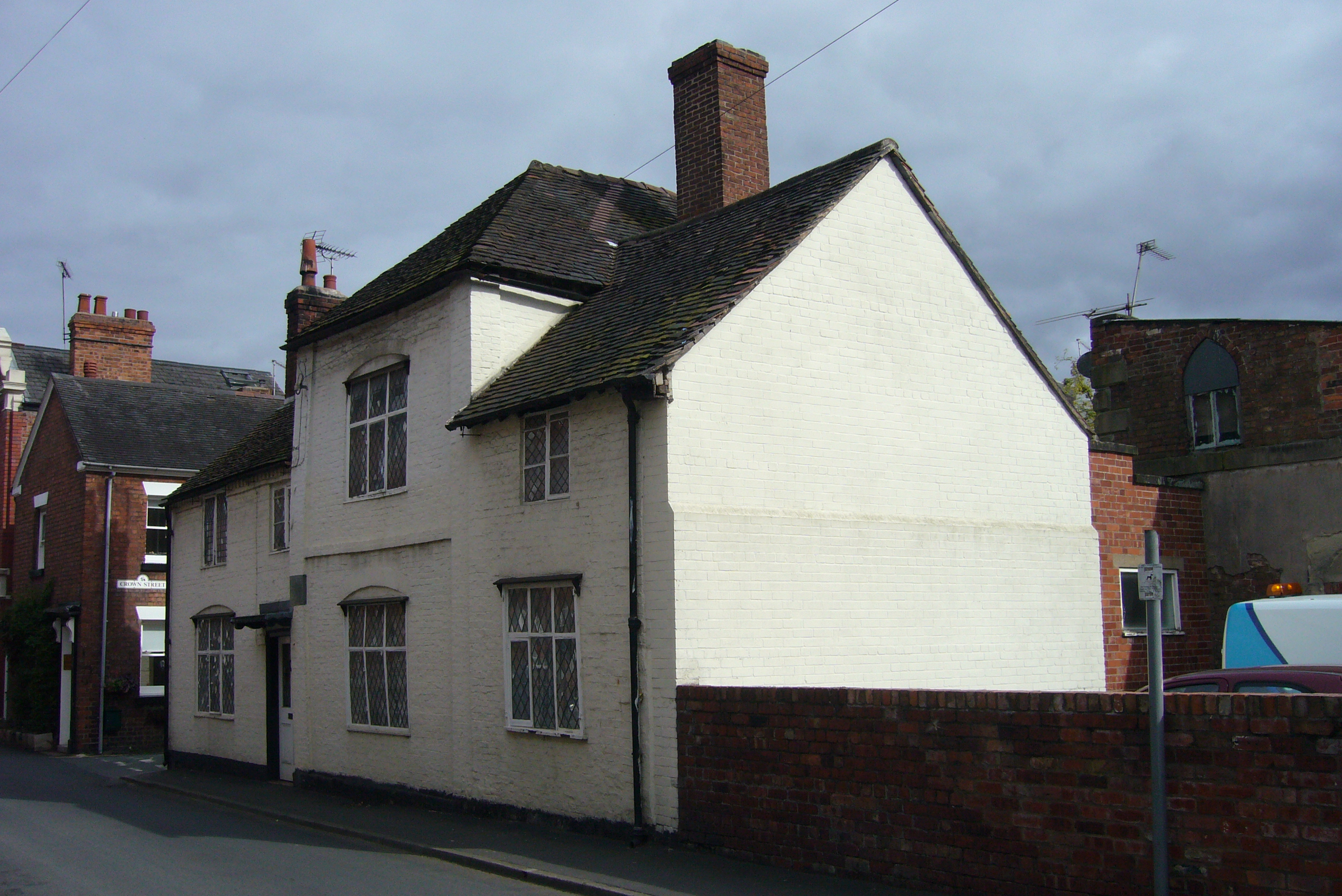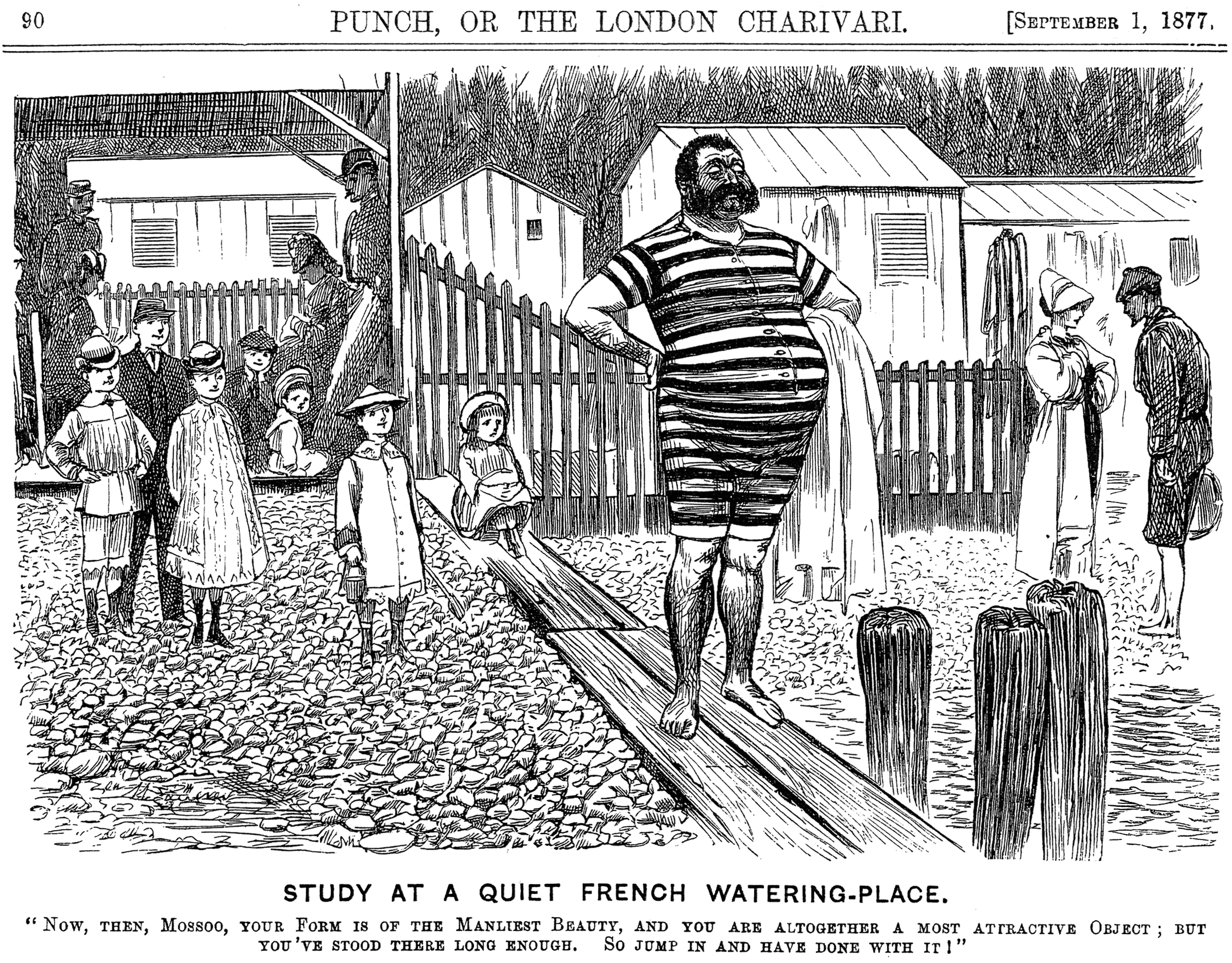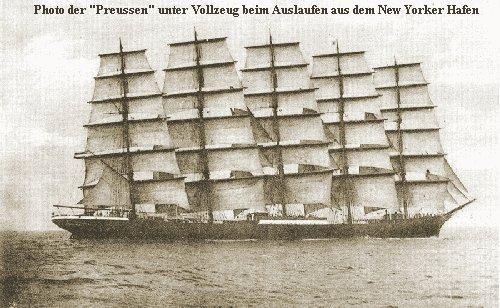|
John Masefield
John Edward Masefield (; 1 June 1878 – 12 May 1967) was an English poet and writer. He was Poet Laureate of the United Kingdom, Poet Laureate from 1930 until his death in 1967, during which time he lived at Burcot, Oxfordshire, near Abingdon-on-Thames. Among his best known works are the children's novels ''The Midnight Folk'' and ''The Box of Delights'', and the poems "The Everlasting Mercy" and "Sea-Fever". Shortly after his death his house (Burcote Brook) burned down and was later replaced by a Cheshire Home named after him. Biography Early life Masefield was born in Ledbury in Herefordshire to George Masefield, a solicitor, and his wife Caroline (née Parker). He was baptised in the Church at Preston Cross, just outside Ledbury. His mother died giving birth to his sister when Masefield was six, and he went to live with his aunt. His father died soon afterwards, following a mental breakdown.David Gervais.Masefield, John Edward, in ''Oxford Dictionary of National Biography ... [...More Info...] [...Related Items...] OR: [Wikipedia] [Google] [Baidu] |
Sea-Fever
''Salt-Water Poems and Ballads'' is a book of poetry on themes of seafaring and maritime history by British future Poet Laureate John Masefield. It was first published in 1916 by Macmillan, with illustrations by Charles Pears. The collection includes "Sea-Fever" and "Cargoes", two of Masefield's best known poems. Many of the poems had been published in Masefield's earlier collections, ''Salt-Water Ballads'' (1902), ''Ballads'' (1903) and ''Ballads and Poems'' (1910). They were included in ''The Collected Poems of John Masefield'', published by Heinemann in 1923. "Sea-Fever" "Sea-Fever" first appeared in ''Salt-Water Ballads'' – Masefield's first volume of poetry, published in 1902 in London by Grant Richards. In ''The Collected Poems of John Masefield'', the opening line was changed to the text now more commonly anthologised: "I must go down to the sea again, to the lonely sea and the sky". The first lines of the second and third stanzas retained the form "I must down ... [...More Info...] [...Related Items...] OR: [Wikipedia] [Google] [Baidu] |
:Template:Infobox Writer/doc
Infobox writer may be used to summarize information about a person who is a writer/author (includes screenwriters). If the writer-specific fields here are not needed, consider using the more general ; other infoboxes there can be found in :People and person infobox templates. This template may also be used as a module (or sub-template) of ; see WikiProject Infoboxes/embed for guidance on such usage. Syntax The infobox may be added by pasting the template as shown below into an article. All fields are optional. Any unused parameter names can be left blank or omitted. Parameters Please remove any parameters from an article's infobox that are unlikely to be used. All parameters are optional. Unless otherwise specified, if a parameter has multiple values, they should be comma-separated using the template: : which produces: : , language= If any of the individual values contain commas already, add to use semi-colons as separators: : which produces: : , pseu ... [...More Info...] [...Related Items...] OR: [Wikipedia] [Google] [Baidu] |
Charles Dickens
Charles John Huffam Dickens (; 7 February 1812 – 9 June 1870) was an English novelist, journalist, short story writer and Social criticism, social critic. He created some of literature's best-known fictional characters, and is regarded by many as the greatest novelist of the Victorian era.. His works enjoyed unprecedented popularity during his lifetime and, by the 20th century, critics and scholars had recognised him as a literary genius. His novels and short stories are widely read today. Born in Portsmouth, Dickens left school at age 12 to work in a boot-blacking factory when his father John Dickens, John was incarcerated in a debtors' prison. After three years, he returned to school before beginning his literary career as a journalist. Dickens edited a weekly journal for 20 years; wrote 15 novels, five novellas, hundreds of short stories and nonfiction articles; lectured and performed Penny reading, readings extensively; was a tireless letter writer; and campaigned vigor ... [...More Info...] [...Related Items...] OR: [Wikipedia] [Google] [Baidu] |
William Hazlitt
William Hazlitt (10 April 177818 September 1830) was an English essayist, drama and literary criticism, literary critic, painter, social commentator, and philosopher. He is now considered one of the greatest critics and essayists in the history of the English language, placed in the company of Samuel Johnson and George Orwell. He is also acknowledged as the finest art critic of his age. Despite his high standing among historians of literature and art, his work is currently little read and mostly out of print. During his lifetime he befriended many people who are now part of the 19th-century literary canon, including Charles Lamb, Charles and Mary Lamb, Stendhal, Samuel Taylor Coleridge, William Wordsworth, and John Keats.Grayling, pp. 209–10. Life and works Background The family of William Hazlitt (Unitarian minister), Hazlitt's father were Irish Protestants who moved from the county of County Antrim, Antrim to County Tipperary, Tipperary in the early 18th century. Also named ... [...More Info...] [...Related Items...] OR: [Wikipedia] [Google] [Baidu] |
Thomas Browne
Sir Thomas Browne ( "brown"; 19 October 160519 October 1682) was an English polymath and author of varied works which reveal his wide learning in diverse fields including science and medicine, religion and the esoteric. His writings display a deep curiosity towards the Nature (philosophy), natural world, influenced by the Scientific Revolution of Francis Bacon, Baconian enquiry and are permeated by references to Classics, Classical and Bible, Biblical sources as well as the idiosyncrasies of his own personality. Although often described as suffused with melancholia, Browne's writings are also characterised by wit and subtle humour, while his literary style is varied, according to genre, resulting in a rich, unique prose which ranges from rough notebook observations to polished Baroque eloquence. Biography Early life Thomas Browne was born in the parish of St Michael-le-Querne, St Michael, Cheapside, in London on 19 October 1605. He was the youngest child of Thomas Browne, a ... [...More Info...] [...Related Items...] OR: [Wikipedia] [Google] [Baidu] |
Alexandre Dumas
Alexandre Dumas (born Alexandre Dumas Davy de la Pailleterie, 24 July 1802 – 5 December 1870), also known as Alexandre Dumas , was a French novelist and playwright. His works have been translated into many languages and he is one of the most widely read French authors. Many of his historical novels of adventure were originally published as serial (literature), serials, including ''The Count of Monte Cristo'', ''The Three Musketeers'', ''Twenty Years After'' and ''The Vicomte of Bragelonne: Ten Years Later''. Since the early 20th century, his novels have been adapted into nearly 200 films. Prolific in several genres, Dumas began his career by writing plays, which were successfully produced from the first. He wrote numerous magazine essay, articles and travel books; his published works totalled 100,000 pages. In the 1840s, Dumas founded the Théâtre Historique in Paris. His father, General Thomas-Alexandre Dumas, Thomas-Alexandre Dumas Davy de la Pailleterie, was born in the ... [...More Info...] [...Related Items...] OR: [Wikipedia] [Google] [Baidu] |
George Du Maurier
George Louis Palmella Busson du Maurier (6 March 1834 – 8 October 1896) was a Franco-British cartoonist and writer known for work in ''Punch (magazine), Punch'' and a Gothic fiction, Gothic novel ''Trilby (novel), Trilby'', featuring the character Svengali. His son was the actor Sir Gerald du Maurier. The writers Angela du Maurier and Daphne du Maurier and the artist Jeanne du Maurier were all granddaughters of George. He was also father of Sylvia Llewelyn Davies and grandfather of the Llewelyn Davies boys, five boys who inspired J. M. Barrie's ''Peter Pan''. Early life George du Maurier was born in Paris, July Monarchy, France, son of Louis-Mathurin Busson du Maurier and wife Ellen Clarke, daughter of the Courtesan, Regency courtesan Mary Anne Clarke. He was brought up to believe his Aristocracy, aristocratic grandparents had fled from Kingdom of France, France during the French Revolution, Revolution, leaving vast estates behind, to live in England as émigrés. In fact, du ... [...More Info...] [...Related Items...] OR: [Wikipedia] [Google] [Baidu] |
Duncan Campbell Scott
Duncan Campbell Scott (August 2, 1862 – December 19, 1947) was a Canadian civil servant and poet and prose writer. With Charles G.D. Roberts, Bliss Carman, and Archibald Lampman, he is classed as one of Canada's Confederation Poets. A career civil servant, Scott served as deputy superintendent of the Department of Indian Affairs from 1913 to 1932, in which he would eventually coin the phrase “final solution for the Indian problem” while promoting the cultural assimilation of native populations. Life and legacy Scott was born in Ottawa, Ontario, the son of Rev. William Scott, a Methodist preacher, and Janet MacCallum. He was educated at Stanstead College (Stanstead, Quebec), Stanstead Wesleyan College. Early in life, he became an accomplished piano, pianist. Scott wanted to be a doctor, but family finances were precarious, so in 1879 he joined the federal civil service. William Scott might not have money [but] he had connections in high places. Among his acquaintances w ... [...More Info...] [...Related Items...] OR: [Wikipedia] [Google] [Baidu] |
Truth (magazine)
''Truth'' magazine was both a weekly magazine and a monthly reader published from 1881 until 1905 in the United States. Its subtitle was "The Brightest of Weeklies". The publication was founded in 1881 as a society journal. It was on hiatus from 1884 until 1886, and was revamped starting in 1891 under new editor Blakely Hall, who spiced up the publication by adding more pictures of women to its pages, more social satire, and color. Circulation grew to 50,000 subscribers at that point.Mount, Nicholas JamesWhen Canadian Literature Moved to New York p. 58 (2005)Sloane, Davie E.E. (ed.American humor magazines and comic periodicals p. 289-90 (1987)The Man About Town ''Art in Advertising'', Vol. I., No. 4, p. 118 (December 1891) (report on revamped ''Truth'') Originally a weekly, it transitioned to a monthly publi ... [...More Info...] [...Related Items...] OR: [Wikipedia] [Google] [Baidu] |
Iron-hulled Sailing Ship
Iron-hulled sailing ships represented the final evolution of sailing ships at the end of the age of sail. They were built to carry bulk cargo for long distances in the nineteenth and early twentieth centuries. They were the largest of merchant sailing ships, with three to five Mast (sailing), masts and square rig, square sails, as well as other sail plans. They carried lumber, guano, grain or ore between continents. Later examples had steel hulls. They are sometimes referred to as "windjammers" or "tall ships". Several survive, variously operating as school ships, museum ships, restaurant ships, and cruise ships. History Iron-hulled sailing ships were mainly built from the 1870s to 1900, when steamships began to outpace them economically, due to their ability to keep a schedule regardless of the wind. Steel hulls started to become common from 1885, providing an even greater strength to weight ratio. Even into the twentieth century, sailing ships could hold their own on ultra-long ... [...More Info...] [...Related Items...] OR: [Wikipedia] [Google] [Baidu] |
Lunar Rainbow
A moonbow (also known as a moon rainbow or lunar rainbow) is a rainbow produced by moonlight rather than direct sunlight. Other than the difference in the light source, its formation is the same as for a solar rainbow: It is caused by the refraction of light in many water droplets, such as a rain shower or a waterfall, and is always positioned in the opposite part of the sky from the Moon relative to the observer. Moonbows are much fainter than solar rainbows, due to the smaller amount of light reflected from the surface of the Moon. Because the light is usually too faint to excite the cone color receptors in human eyes, it is difficult for the human eye to discern colors in a moonbow. As a result, a moonbow often appears to be white. However, the colors in a moonbow do appear in long exposure photographs. Moonbows have been mentioned at least since Aristotle's ''Meteorology'' (circa 350 BC). Viewing Moonbows are most easily viewed when the Moon is at or nearest to its brig ... [...More Info...] [...Related Items...] OR: [Wikipedia] [Google] [Baidu] |







